Biogenic selenium nanoparticles in animal nutrition
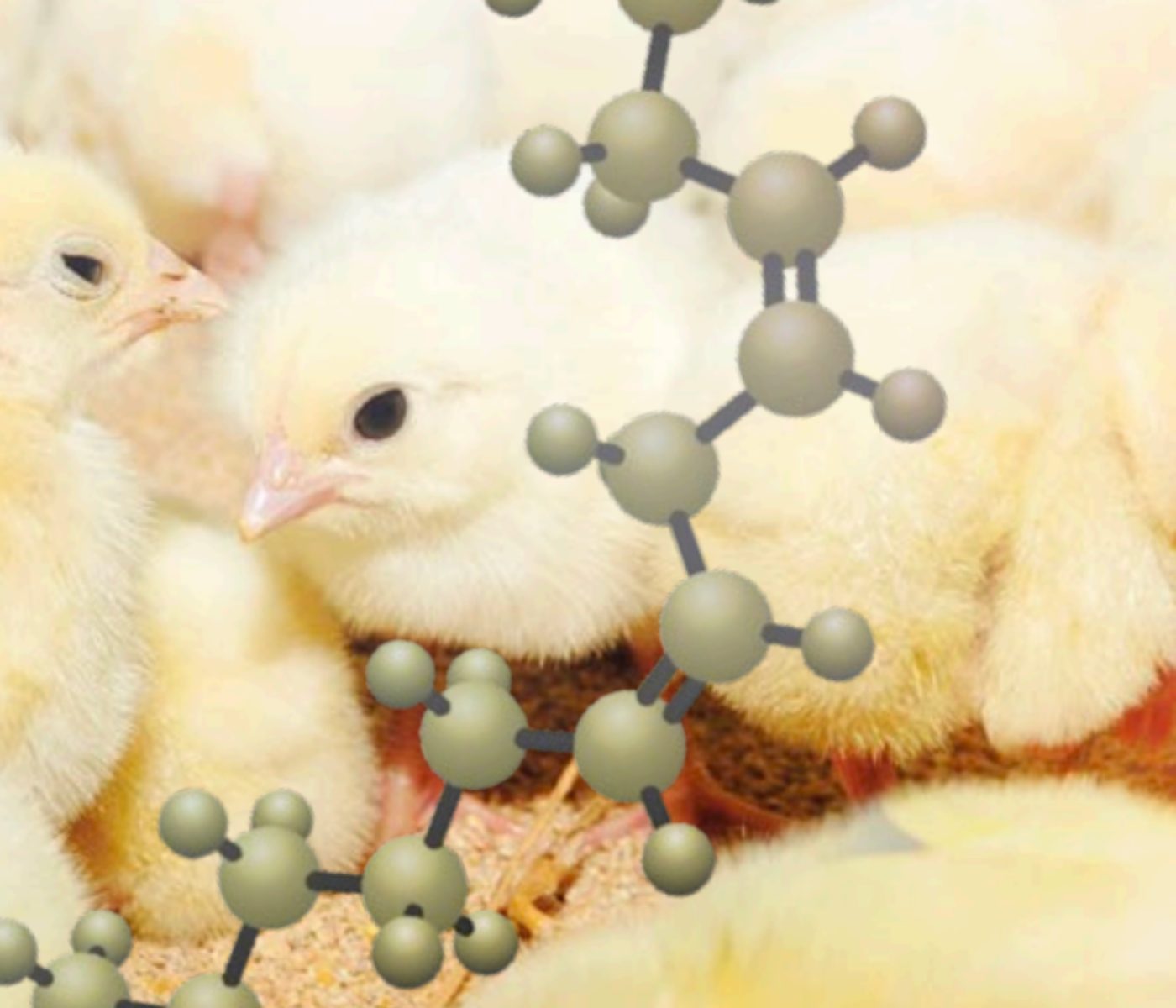 23 Jun 2025
23 Jun 2025
Until the 1950s, selenium was considered toxic to humans and animals. However, perceptions about its importance changed significantly in 1957, when Schwarz and Foltz reported that selenium (Se) supplementation prevented liver necrosis in rats. Later, in 1973, scientists discovered that Se is a component of the enzyme glutathione peroxidase (GPx), a selenoprotein that plays a key role in the body’s antioxidant system by detoxifying harmful organic hydroperoxides.
Selenium (Se) is one of the critical nutritional factors required for the normal functioning of the immune system, muscle growth, health maintenance, and various biochemical-physiological functions.
Its deficiency can cause a variety of disorders in animals (e.g., infertility, retained placenta, and abortions in cattle; poor embryonic development; low muscle tissue deposition; and decreased egg production in laying hens).
Selenium deficiency is also linked to oxidative stress, which refers to the excessive production of reactive oxygen species (ROS) in the body.
ROS can damage cells and tissues and negatively affect organs and their functions.

The absorption of inorganic Se in the form of sodium selenite in the small intestine of monogastric animals and poultry is approximately 80%, while in ruminants, this rate is only about 29%.
In contrast, the absorption rate of organic Se in monogastric species and poultry is greater than 90%.
Dietary selenium (Se) can be supplemented in animals from two major sources: organic and inorganic.

Inorganic Se – main forms: Sodium selenite or sodium selenate
Organic Se – main forms: Selenomethionine or Selenocysteine

And now there are selenium nanoparticles (SeNPs):
For a more in-depth and detailed understanding of the topics covered in this content, access the full reading available at the link below. Don’t miss the opportunity to expand your knowledge and gain valuable insights!
The full article is available in Open Access at:
https://www.mdpi.com/2077-0472/11/12/1244
Malyugina, S., Skalickova, S., Skladanka, J., Slama, P., & Horky, P. (2021). Biogenic selenium nanoparticles in animal nutrition: a review. Agriculture, 11(12), 1244. https://doi.org/10.3390/agriculture11121244
Subscribe now to the technical magazine of animal nutrition
AUTHORS
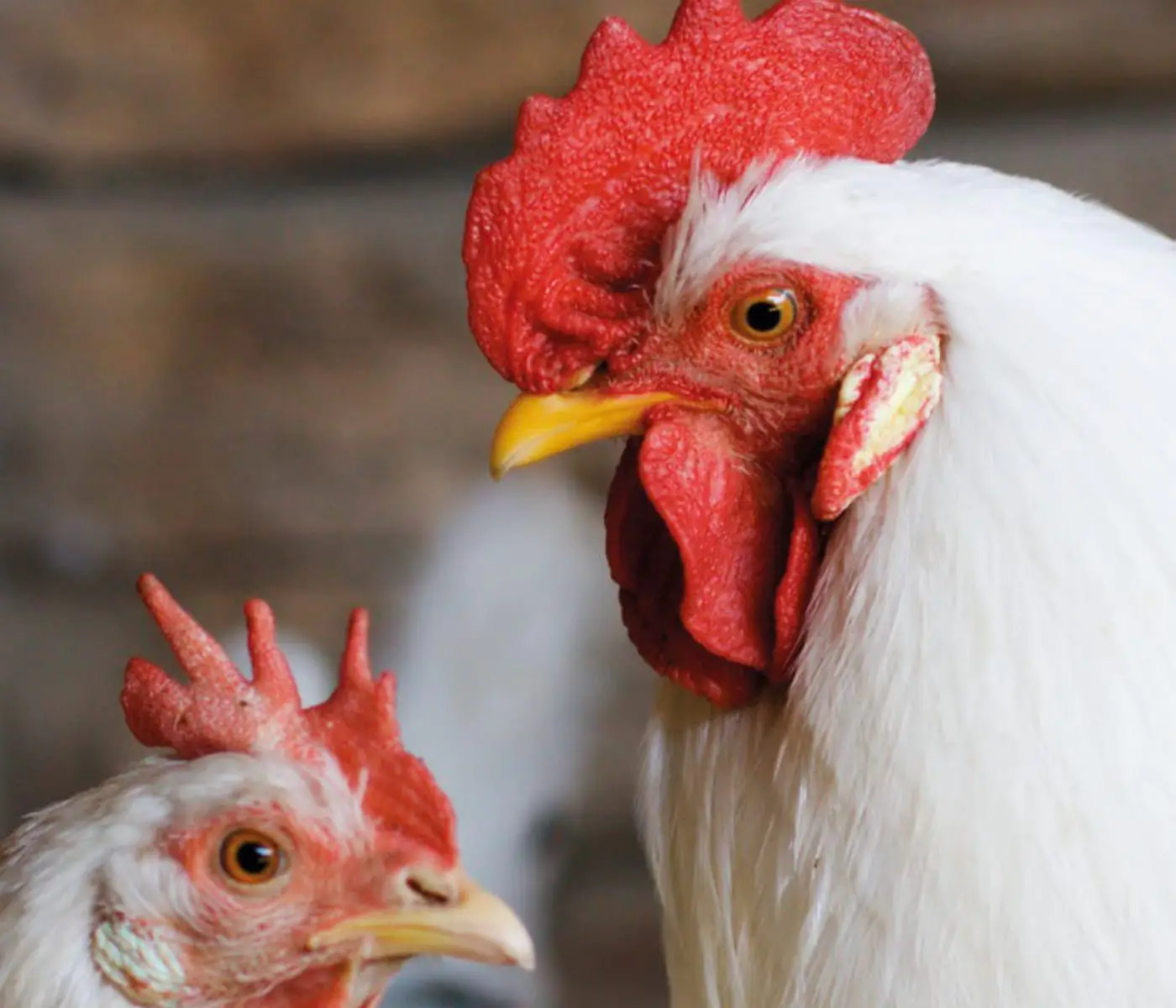
Nutritional Interventions to Improve Fertility in Male Broiler Breeders
Edgar Oviedo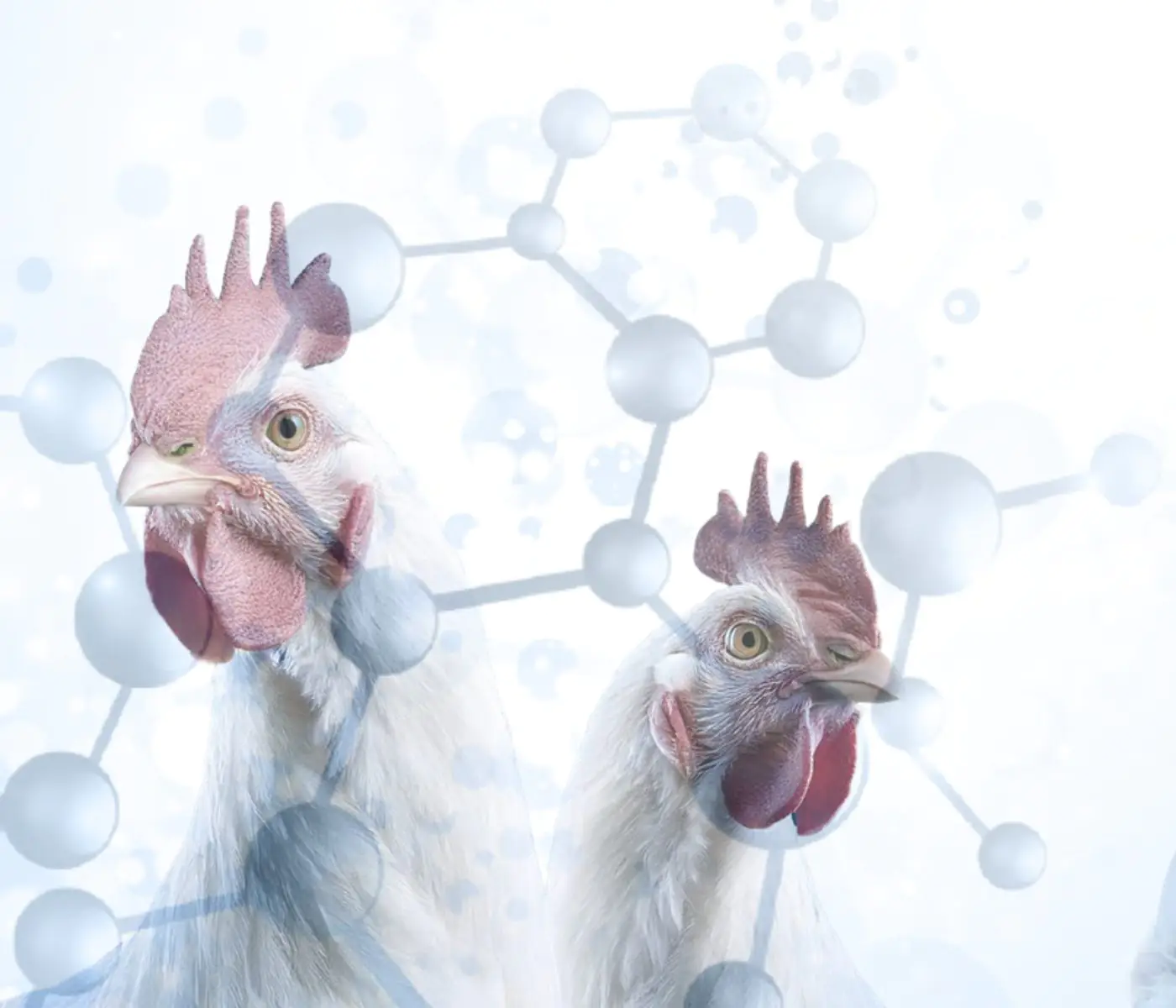
The Use of Organic Acids in Poultry: A Natural Path to Health and Productivity
M. Naeem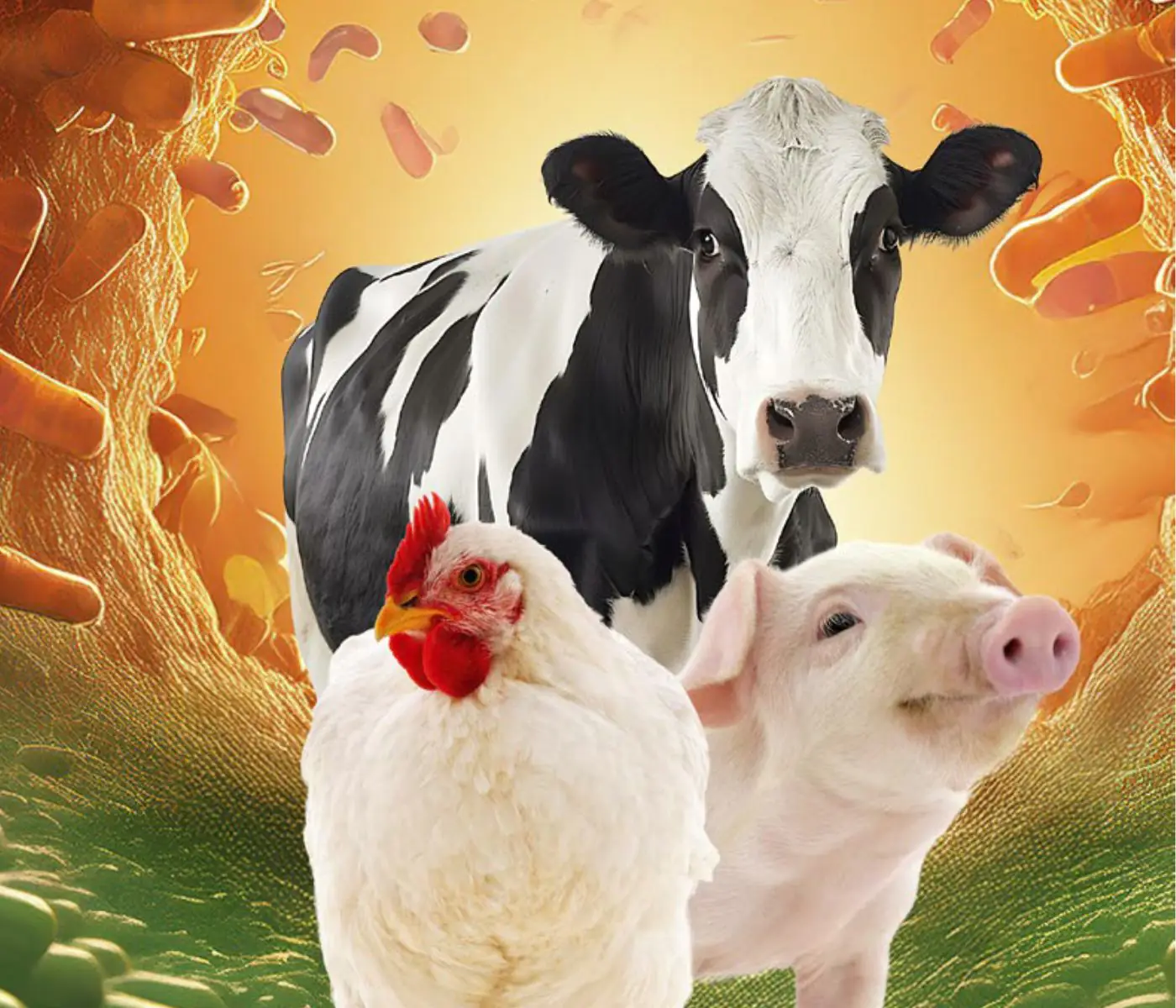
Synergistic Benefits of Prebiotics and Probiotics in Poultry, Swine, and Cattle
Gustavo Adolfo Quintana-Ospina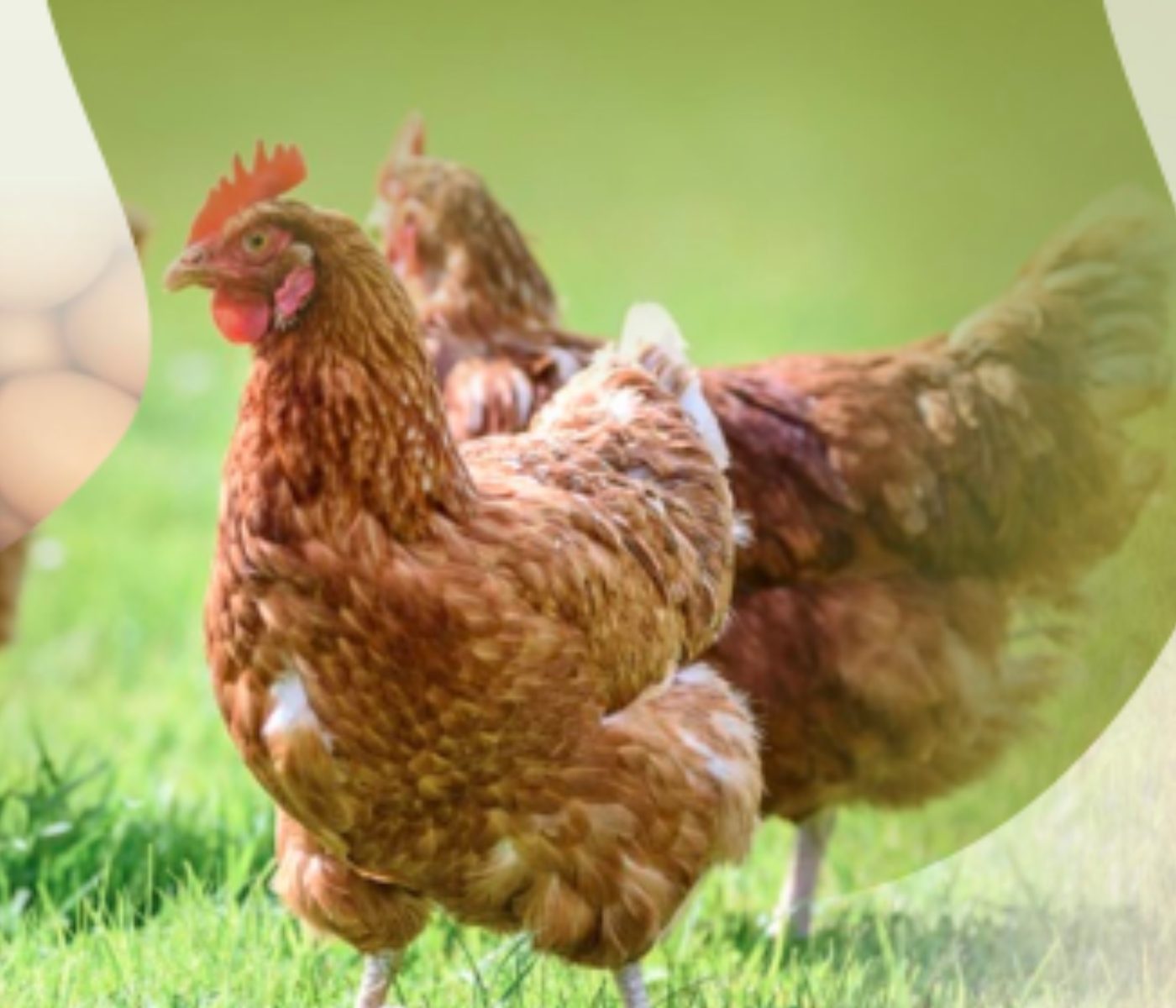
Hybrid Rye Potential in Laying Hen Feed Rations
Gwendolyn Jones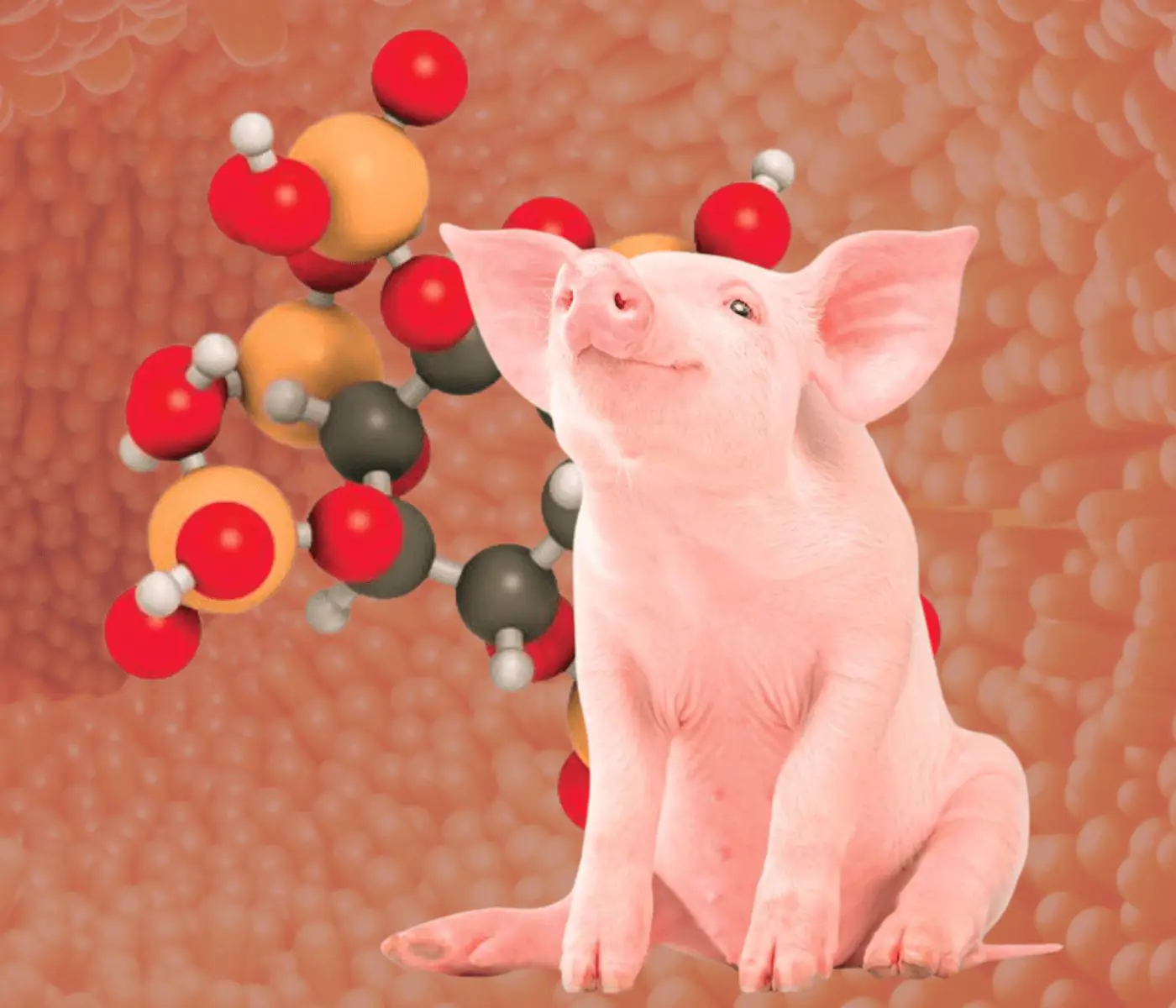
A day in the life of phosphorus in pigs: Part I
Rafael Duran Giménez-Rico
Use of enzymes in diets for ruminants
Braulio de la Calle Campos
Minerals and Hoof Health in the Pregnant Sow
Juan Gabriel Espino
Impact of Oxidized Fats on Swine Reproduction and Offspring
Maria Alejandra Perez Alvarado